War History Online presents this Guest Article by Bruera Clément
Italy’s military history of World War II is not well known by that many people; this is due to the fact that American, English and German historians didn’t write a lot about this matter and, when they did, they used only German and English sources, not Italian.
It’s true that Italy achieved less victories than the other two Axis partners, Germany and Japan, however, in the present days some writers are re-discovering the actions, operations and victories achieved by the Italian military.
Seventy-five years ago, in the night between the 18 and 19 of December, Italy achieved its biggest success in the war and one of the bravest actions during the conflict that could have changed the course of the war, at least in the Mediterranean theatre: the raid on Alexandria (“Impresa di Alessandria”, in Italian).
The operation, named G.A. 3 by the Italian command, was carried out by the frogmen of the X Flottiglia MAS using manned torpedoes (SLC, Siluri Lenta Corsa in Italian, Slow Running Torpedoes) with a detachable warhead, then used as a limpet mine.
The X Flottiglia MAS (Italian for 10th Motorboats Anti Submarines Flottilla) was an Italian frogman-commando unit of the Regia Marina that used unconventional weapons like motorboats, explosive motorboats, manned torpedoes or simply frogmen (called “Gamma operators”).
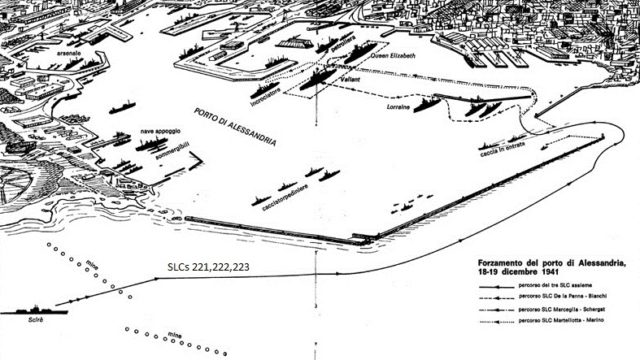
The origins of the unit can be found in the World War I when Italian frogmen aboard a torpedo, named “Mignatta,” penetrated into the Pola’s harbor and sunk the Austrian dreadnought Viribus Unitis and the freighter Wien with limpets mines.
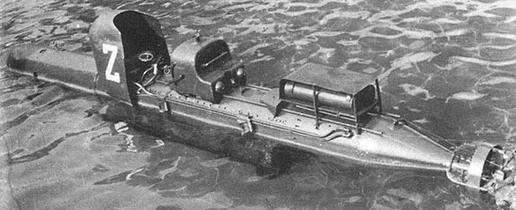
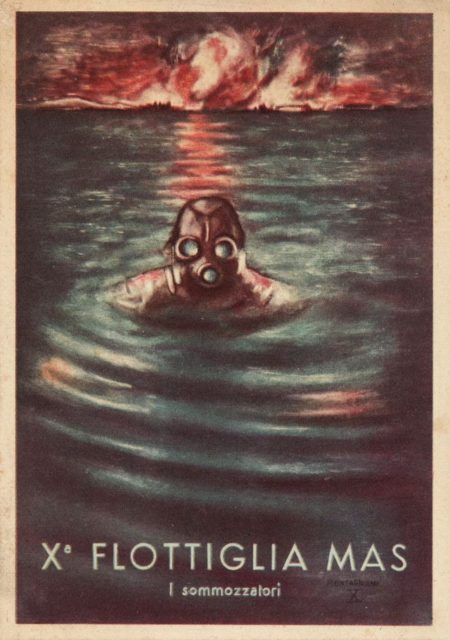
The operation against the harbor of Alexandria started on December the 3rd when the submarine Scirè, commanded by Junio Valerio Borghese (later commander of the Xa MAS), departed from La Spezia carrying 3 SLC in waterproof cylinder containers, reaching Leros on December the 9th.
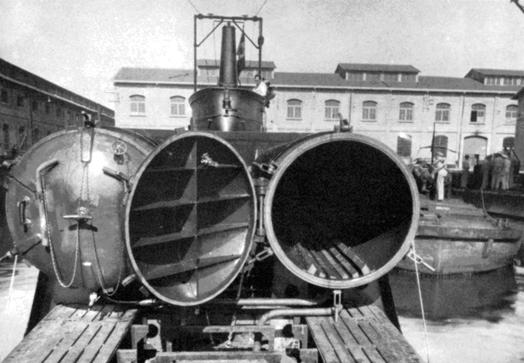
The frogmen arrived a couple of days later using an airplane and were assigned to the SLCs: Luigi Durand De La Penne and Emilio Bianchi with the SLC 221, Antonio Marceglia and Spartaco Schergat with the SLC 222, Vincenzo Martellotta and Mario Marino with the SLC 223.
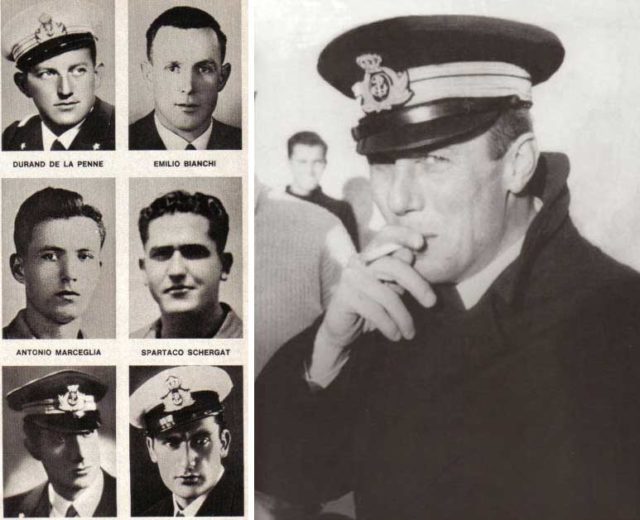
The Scirè left Leros on the 14 of December and stopped engines on the 18th 1.3 miles away from Alexandria commercial harbor. At 8:40 pm the frogmen opened the containers and left the submarine aboard the SLCs and at 01:00 am, following the wakes of some destroyers, they penetrated into the harbor, and then they separated, each one going after their own target.
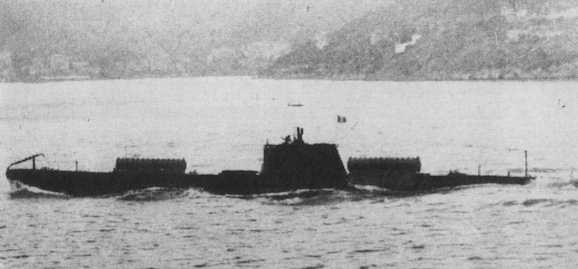
The SLC 221, with De La Penne and Bianchi, was directed to the battleship HMS Valiant but the SLC sunk at 17 meters deep, 50 meters away from the ship. The two frogmen began to pull the torpedo but Bianchi fainted after the malfunctioning of his oxygen mask. For nearly 40 minutes De La Penne pulled the torpedo, that was crawling on the bottom, synchronizing his movements with the noise of a pump on the battleship.
Finally, under the keel, he set the timer of the warhead and surfaced, where he was captured and interrogated with Bianchi, who had been captured before. The two were put in a ship compartment and De La Penne, several minutes before the explosion, asked to speak to the captain of the ship and told him to evacuate the crew. Bianchi and De La Penne were left on the ship under the risk of the explosion, believing that they would reveal where the warhead was but they didn’t talk and the warhead finally detonated at 06:06 am. Bianchi and De La Penne survived and the Valiant was grounded.
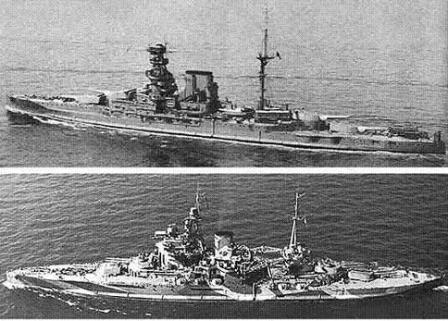
Marceglia and Schergat, with the SLC 222, reached the HMS Queen Elizabeth after passing through the torpedo nets. They landed only after having set up the timer of the warhead, but they were arrested by Egyptian police shortly after.
The target of the SLC 223, an aircraft carrier, was not docked in the harbor so Martellotta and Marino directed to a secondary target, the oil tanker Sagona with the destroyer HMS Jervis nearby. After setting the timer, they were arrested by the police when they tried to leave the harbor after scuttling their SLC. All the frogmen were captured, but the mission was a total success! Two battleships were sunk in shallow waters (or grounded), the Valiant was put out of action until July 1942, the Queen Elizabeth could return in service only in June 1943, the tanker Sagona was considered a total loss and it was used as barracks, and the Jervis returned in service six weeks later.
The Mediterranean fleet was left without battleships and the Italian Command was ready to risk their forces to take Malta, but the German Command was unwilling to take the risk and the invasion was canceled.
After the raid Admiral Sir Andrew Cunningham said: “Everyone has the jitters, seeing objects swimming about at night and hearing movements on ships’ bottoms. It must stop.”
After the 8 of September 1943, when Italy surrendered, all but Emilio Bianchi were freed and enlisted in the Italian Co-Belligerent Navy (sided with the Allies), cooperating with British frogmen sinking or damaging the former Royal Italian cruisers Gorizia and Bolzano as well as the carrier Aquila.
The six Gamma frogmen were awarded the Gold Medal of Military Valour in May 1945 and ironically the man, who conferred the medals, was the Rear Admiral Charles Morgan, captain of the Valiant during the raid!
Author: Bruera Clément
Sources:
- I MEZZI D’ASSALTO ITALIANI 1940-1945 PARTE 1, STORIA MILITARE DOSSIER, di Erminio Bagnasco
- https://stefsap.files.wordpress.com/2015/10/summer2015review_o-hara-cernuschi.pdf
- Le battaglie navali del Mediterraneo nella Seconda Guerra mondiale, Arrigo Petacco
All photos provided by the author.
